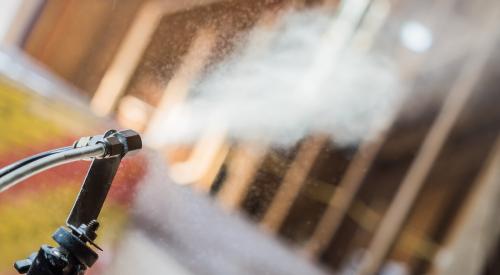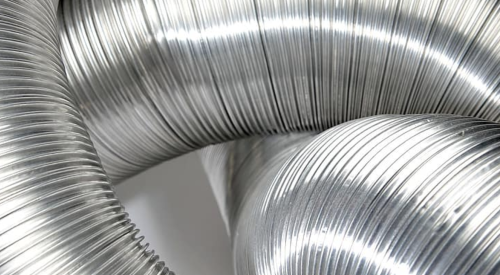| Central vacuums are four times more powerful than an upright vacuum, can reduce symptoms for allergy sufferers and can help builders answer customers' indoor air quality concerns. |
More and more allergists are writing their patients an unusual prescription for a central vacuum system to treat allergies and asthma. The evidence to back up this treatment comes from a study done by the University of California at Davis School of Medicine. In their research, Drs. Stanley Naguwa and M. Eric Gershwin found that patients with dust-associated allergies who used a central vacuum system reported:
- 47% improvement in nasal symptoms.
- 48% improvement in nonnasal symptoms (headache, fatigue, less productivity).
- 61% improvement in eye symptoms.
- 44% improvement in sleep symptoms.
"As we've sealed the building envelope tighter on new homes to save energy and reduce heating and cooling costs for buyers, there can be a problem of too little air movement," says Robert Oliver, business development and planning manager for Beam Industries, a maker of central vacuum systems. "Dust particles get trapped, and an upright or canister vacuum just recirculates them."
Industry data show that 15% of new homes in the United States are built with central vacuum systems, with the majority of the systems sold as an option along with upgraded cabinetry or granite countertops. In Canada, where 30% of all homes already are equipped with these units, builders are making low-cost pre-plumbing that makes a home "central vacuum ready" standard so consumers can purchase the power units, hose and cleaning attachments at any time.











